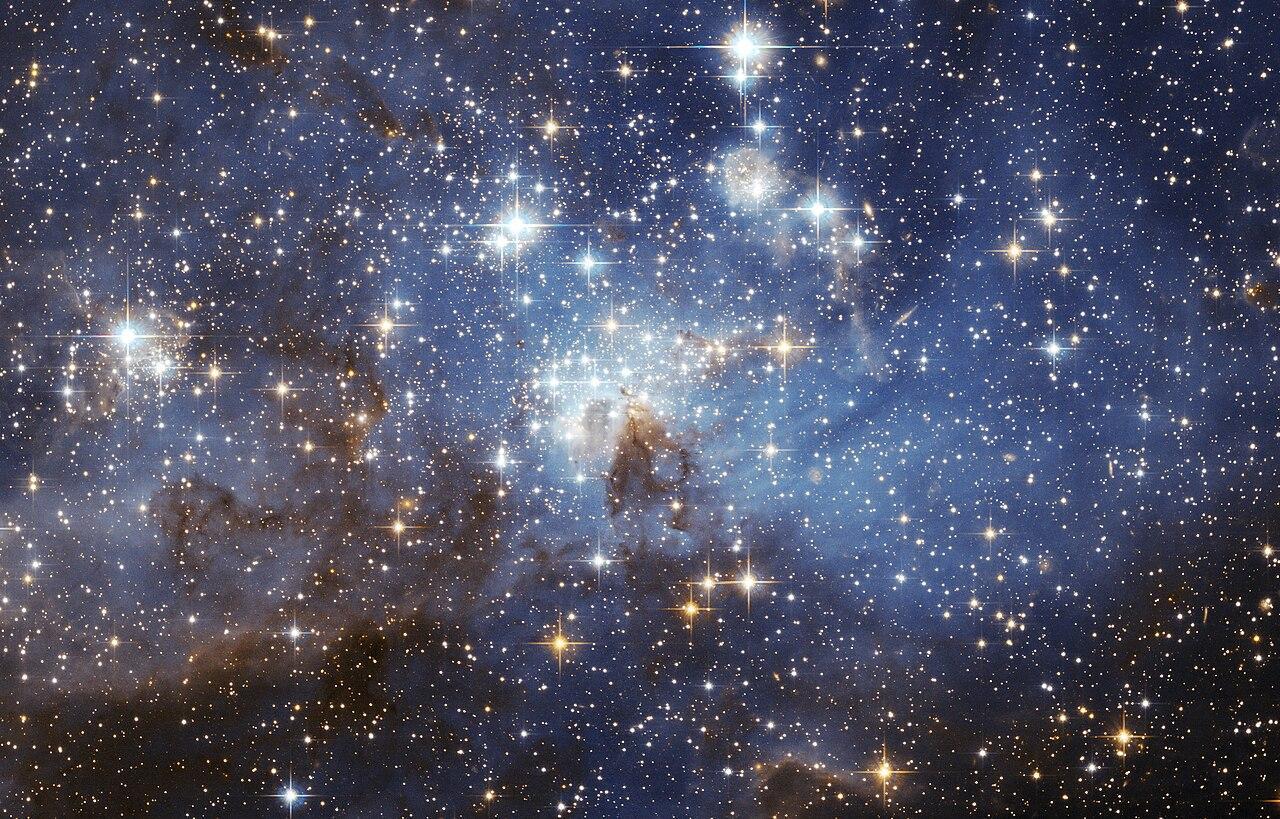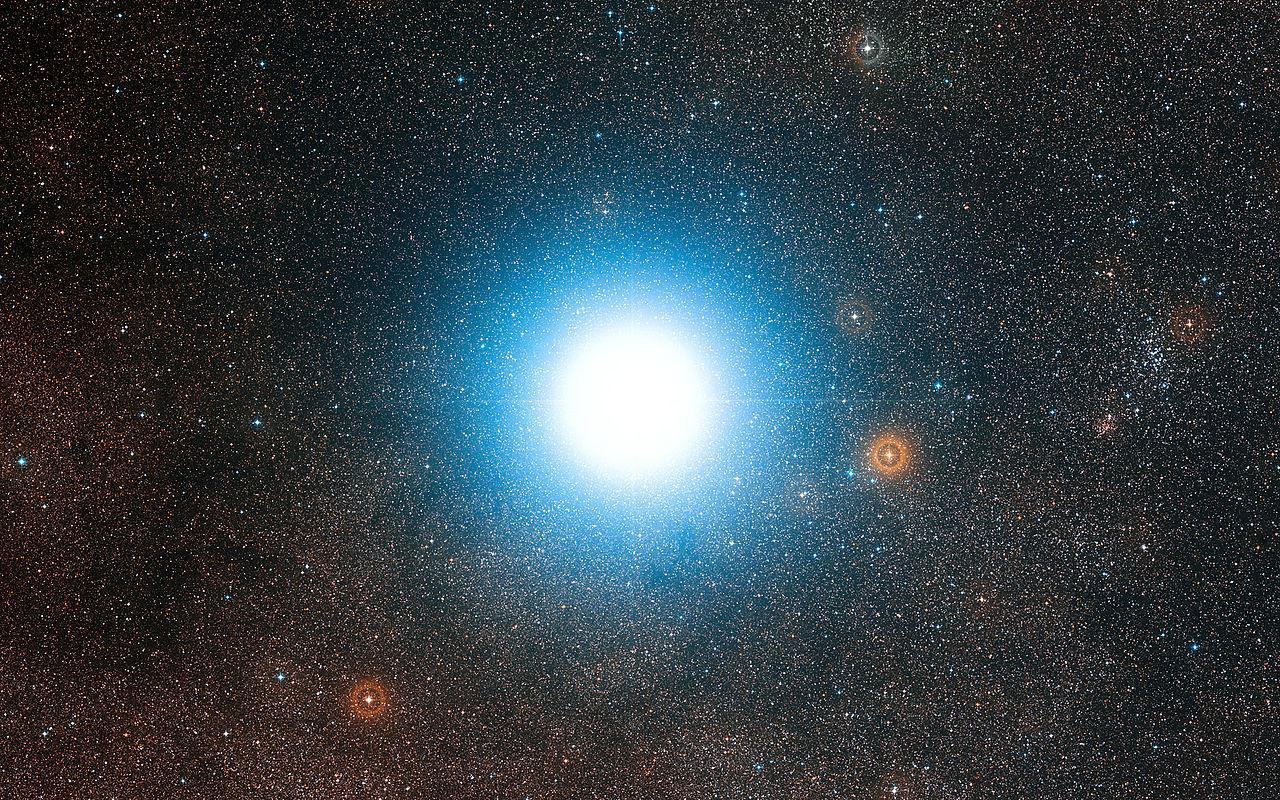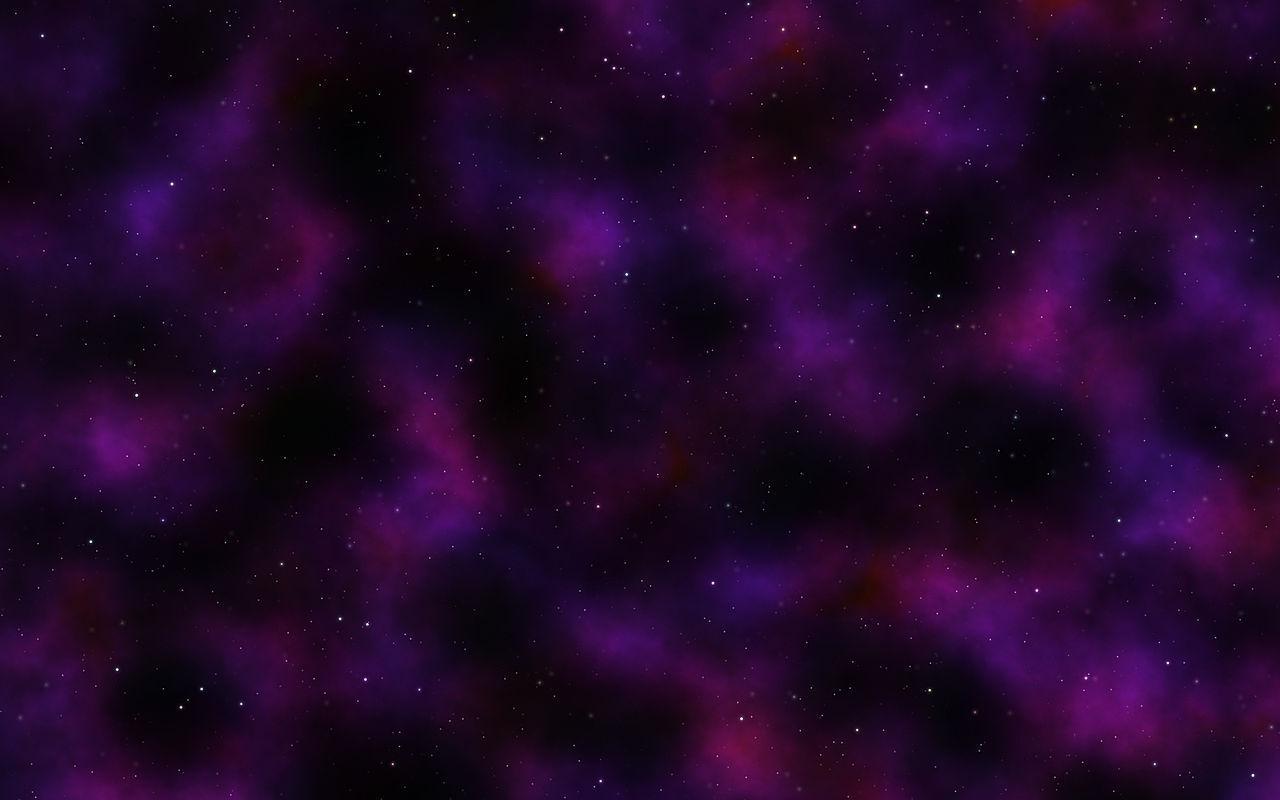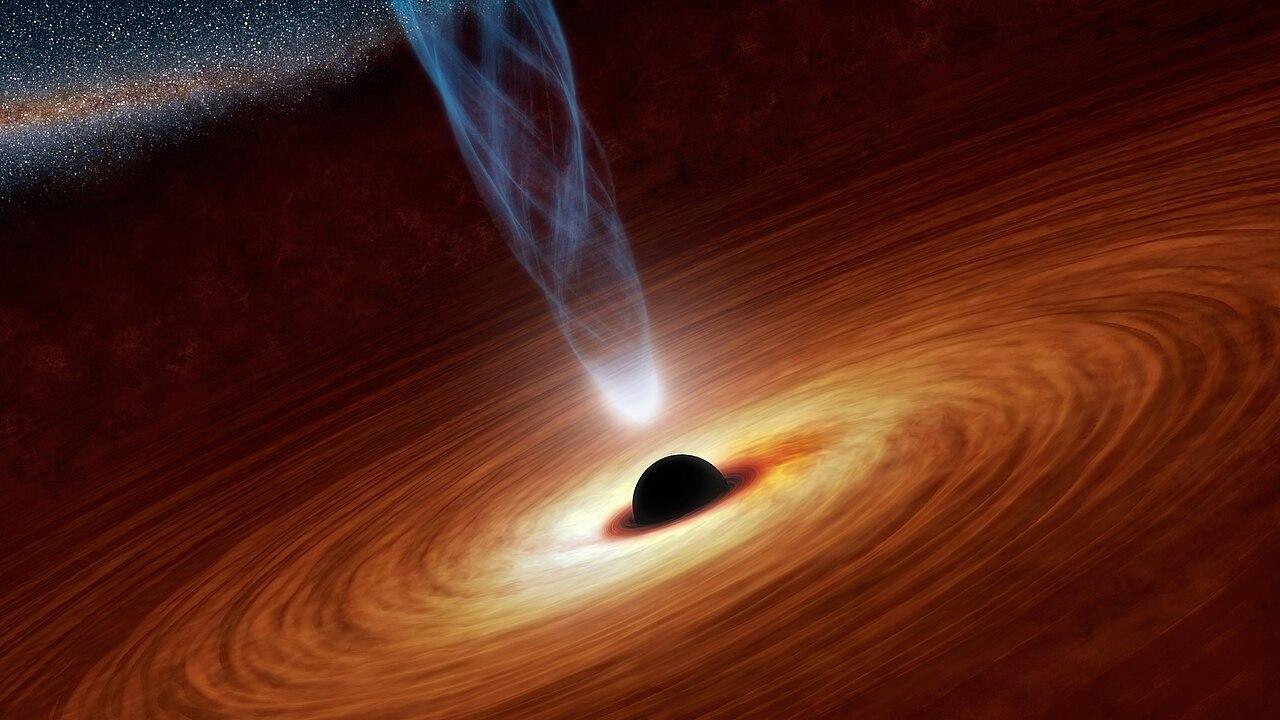Astronomers Believe They May Know What Happened to Over 800 Stars That Have Disappeared Without a Trace
Researchers have made a significant breakthrough in the field of astronomy, potentially solving a long-standing mystery surrounding the disappearance of over 800 stars in deep space without a trace.
The new research, conducted with meticulous attention to detail by a team of astronomers at the University of Copenhagen, explains that the unusual phenomenon is linked to massive stars collapsing in on themselves, which results in the formation of black holes.
Stars in the Night Sky
Since humans gained the cognitive ability to carefully analyze all of the marvelous sights the universe offers, the stars in the night sky have remained one of the most fascinating.

Source: Wikimedia
For thousands of years, they have played an integral role in the evolution of humanity, been used for religious and agricultural purposes, and served as navigational devices for sailors and adventurers.
The Life and Death of Stars
While ancient humans knew little about the composition of the stars, technological advances in our modern era have allowed us to gain considerable insight into the life and death of these celestial bodies.

Source: Wikimedia
We know how stars form and how they die often in a spectacular event known as a supernova explosion. However, other smaller stars can simply burn out once they’ve run out of fuel.
Disappearing Stars
Despite the incredible amount of knowledge, we have gathered on stars over the past century, one question that continues to bother astronomers is how a small number of stars vanished without a trace.

Source: Wikimedia
Astronomers could observe a star for an extended period of time before taking a short break. Once they return, the star vanishes, never to return. This phenomenon has puzzled astronomers for decades, but now they believe they finally have an answer.
Over 800 Cases of Disappearing Stars
Over the past century, astronomers have documented around 800 cases of stars that have vanished without a trace.

Source: Wikimedia
Now, researchers at the University of Copenhagen believe they have come up with an explanation that could revolutionize our understanding of the cosmos, and recently published their results in a new paper.
The End of a Star Life
Speaking on the phenomenon, the study’s co-author, Alejandro Vigna-Gómez, said, “We believe that the core of a star can collapse under its own weight, as happens to massive stars in the final phase of their lives.”

Source: Wikimedia
“But instead of the contraction culminating into a bright supernova explosion that would outshine its own galaxy, expected for stars more than eight times as massive as the Sun, the collapse continues until the star becomes a black hole,” he said.
Stars Vanish Into Thin Air
Alejandro Vigna-Gomez explained, “Were one to stand gazing up at a visible star going through a total collapse, it might, just at the right time, be like watching a star suddenly extinguish and disappear from the heavens.”

Source: Wikimedia
He continued, “The collapse is so complete that no explosion occurs, nothing escapes, and one wouldn’t see any bright supernova in the night sky.”
Recent Observation of This Phenomenon
Astronomers recently observed an unusual binary star known as VFTS 243, which led them to propose their new theory on the disappearance of stars.

Source: Wikimedia
Scientists have long known about similar stars in the Milky Way, but the discovery of VFTS 243 just outside of it was truly fascinating.
Traces of an Explosion Are Nowhere to Be Found
Vigna-Gómez further explained, “Normally, supernova events in star systems can be measured in various ways after they occur. But despite the fact that VFTS 243 contains a star that has collapsed into a black hole, the traces of an explosion are nowhere to be found.”

Source: Wikimedia
VFTS 243 is an extraordinary system. The orbit of the system has barely changed since the collapse of the star into a black hole,” he said.
Everything Is Sucked Back Into the Black Hole
Essentially, researchers have suggested that when massive stars collapse due to their own gravity and morph into black holes, they can occur without an explosion.

Source: Wikimedia
This is because all evidence that astronomers could detect would be captured by the strong gravitational pull of the emerging black hole and sucked back in, leaving nothing for the researchers to spot. Thus, from our perspective, the star simply disappears.
Researchers Believe They Have Solved the Mystery
Professor Irene Tamborra from the Niels Bohr Institute, who also participated in the study, believes this theory explains the vanishing stars.

Source: Wikimedia
“Our analysis unequivocally points to the fact that the black hole in VFTS 243 was most likely formed immediately, with the energy mainly being lost via neutrinos,” she said.
The New Model Will Serve as a Benchmark for Future Research
Professor Tamborra concluded, “Our results highlight VFTS 243 as the best observable case so far for the theory of stellar black holes formed through total collapse, where the supernova explosion fails and which our models have shown to be possible.”

Source: Wikimedia
“It is an important reality check for these models. And we certainly expect that the system will serve as a crucial benchmark for future research into stellar evolution and collapse,” said the professor.
